September 12, 2024
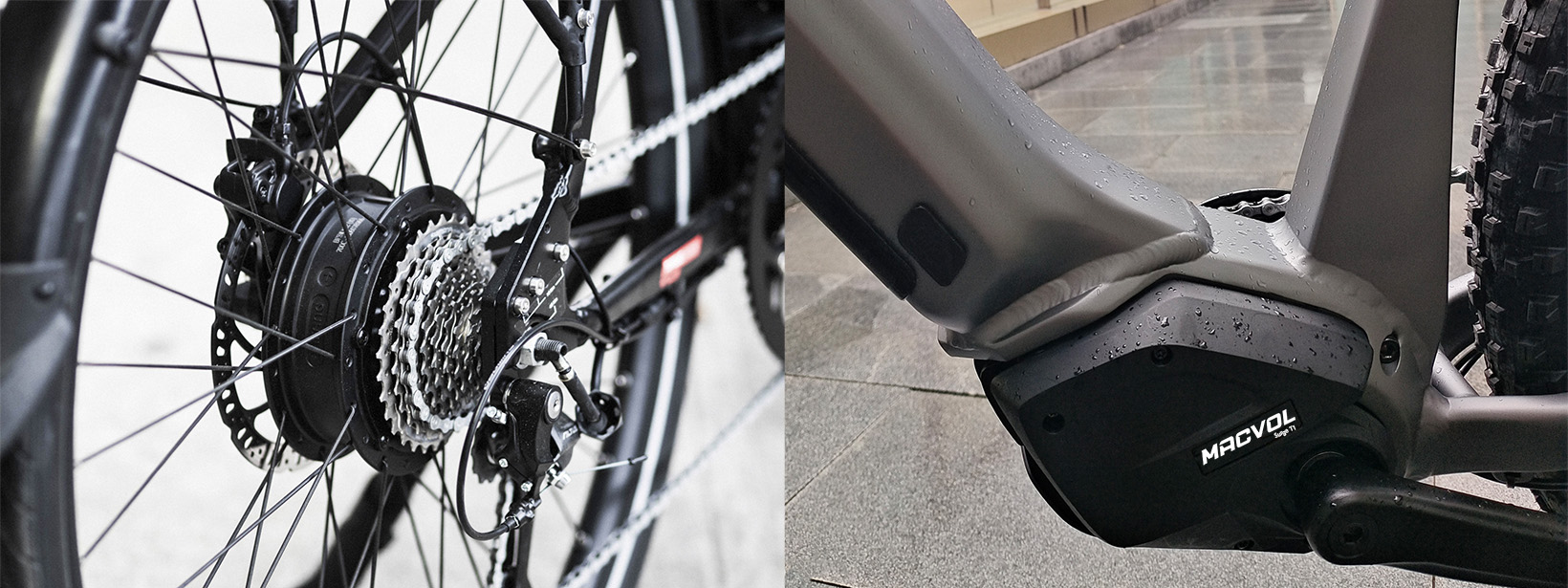
Mid-Drive vs. Hub Motors: Which is Better for eBikes?
Understanding the types of motors available for electric bikes is crucial, as they significantly impact your riding experience. Before choosing an electric bike, it is essential to know the differences between their installation positions and motor systems to identify which type best suits your needs.
Currently, there are two main types of motors used in electric bikes: mid-drive motors and hub motors. This article will delve into the differences between these two motor types.
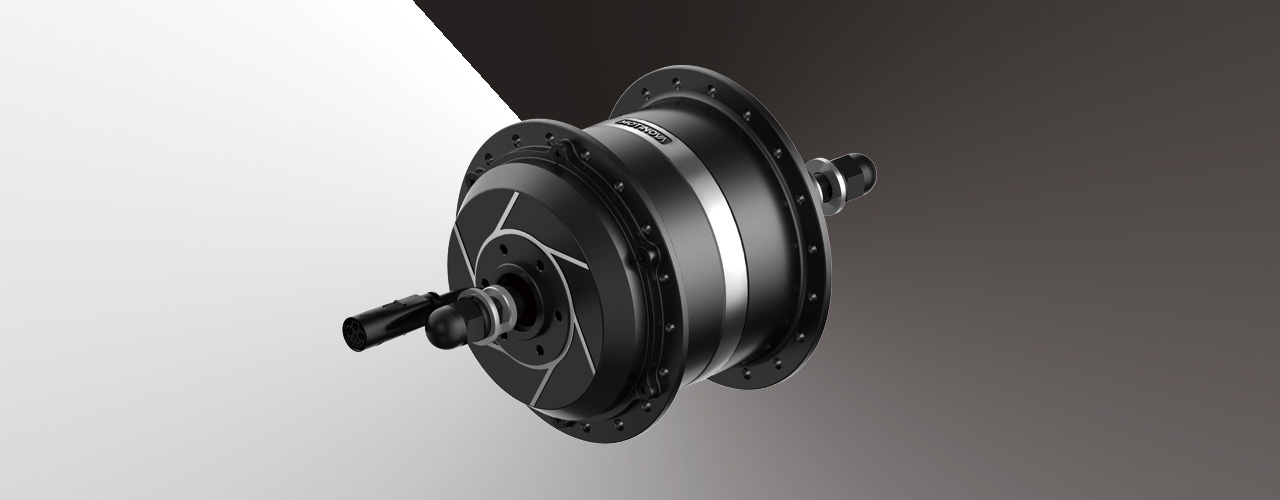

Overview of Hub Motors
What is a Hub Motor?
Hub motors directly drive the wheel rotation, providing propulsion through either the front or rear wheel. A front hub motor gives the feeling of the bike being "pulled" forward, while a rear hub motor "pushes" the rider forward, offering a more natural feeling similar to traditional biking.
How Hub Motors Work
There are two types of hub motors: geared hub motors and direct-drive motors. Most electric bikes today are equipped with geared hub motors. These motors generate power through electromagnetic induction within the copper coils and motor cover, driving the axle to rotate.


Overview of Mid-Drive Motors
What is a Mid-Drive Motor?
Mid-drive motors are installed between the bottom brackets of the bike and directly provide power to the drivetrain, creating a more natural riding sensation.
How Mid-Drive Motors Work
Mid-drive motors amplify torque and reduce speed through a complex drivetrain system. They convert electric energy into kinetic energy that powers the drivetrain, transmitting power through the central axle, cranks, and chainrings to simulate the pedaling force.
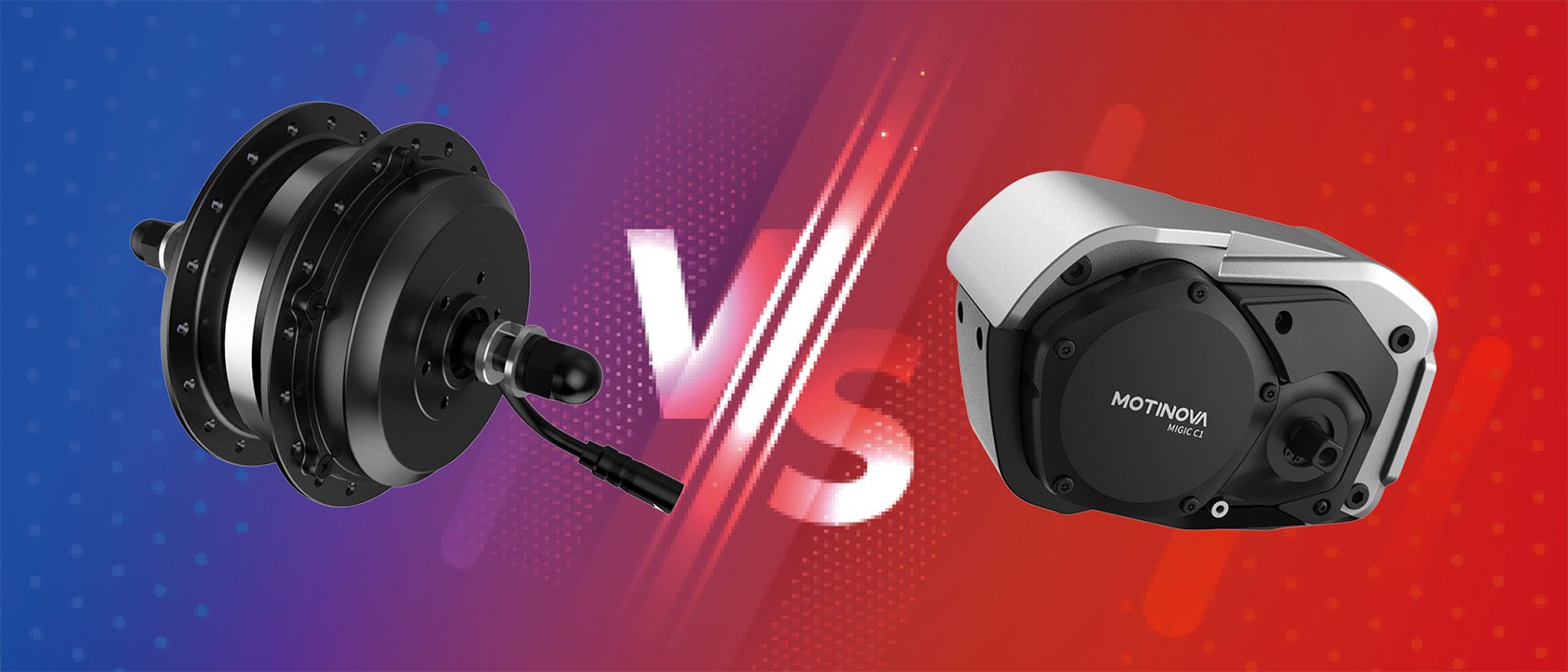

Differences Between Mid-Drive and Hub Motor E-Bikes
Efficiency
While hub motors have slightly lower efficiency, converting around 70-80% of electrical energy, mid-drive motors boast higher efficiency, typically over 80%, making them more suitable for high-power-demand activities like off-road riding.
Heat Dissipation
Mid-drive motors have better heat dissipation when riding at high speeds. Hub motors, because of their enclosed structure, have poorer heat dissipation but can adequately handle standard commuting speeds.
Gear Utilization
Mid-drive motors can effectively utilize the bike’s gear system, making them ideal for climbing steep hills and off-road riding, whereas hub motors fall short in this area.
Balance
Mid-drive e-bikes have a low center of gravity, maintaining balance during rides, especially on rugged terrain. Hub motors may shift the bike’s center of gravity, potentially causing more inertia on uneven roads but have minimal impact on daily commuting.
Cost and Maintenance
Mid-drive motors, due to their complex structure and production process, are more expensive and have higher maintenance costs compared to hub motors. Hub motors, with their mature design and lower cost, remain the top choice for most electric bikes.
In summary, both motors have their unique advantages. If your primary need is daily commuting, hub motors are sufficient and more budget-friendly. However, for high-performance riding, mid-drive e-bikes offer an unparalleled experience.
When choosing an electric bike, base your decision on your specific needs and budget rather than simply opting for the most expensive product.


 Deutsch
Deutsch  Español
Español  Deutsch
Deutsch 

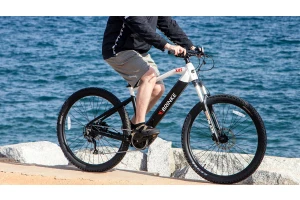
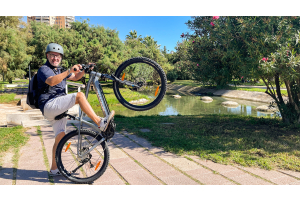
Validate your login